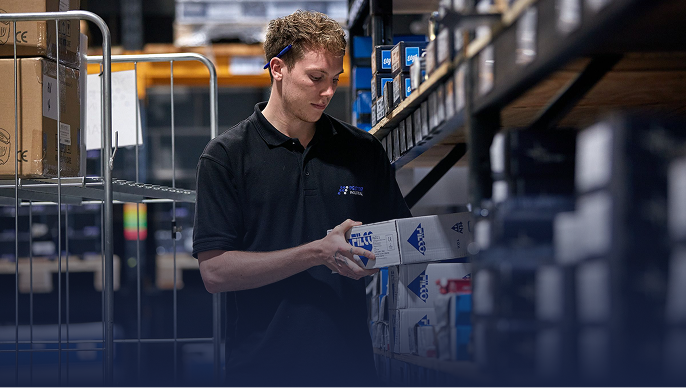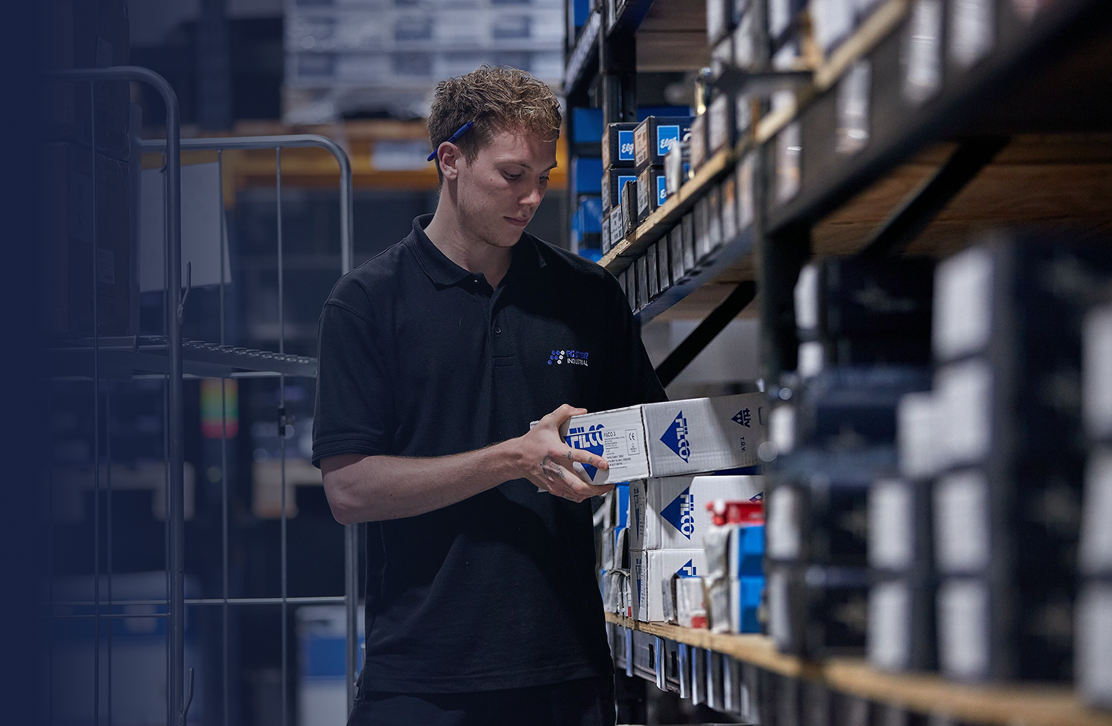Get in touch
Welders Clothing & Workwear
Foster Industrial stock everything from flame retardant welding sleeves to jackets, aprons, hoods, caps, sleeves, coveralls and more, meaning you can purchase all your protective attire and clothing from one source.
Filters
Price
Brand
Filters
Price
Brand

















- 1
- 2
MORE ABOUT WELDERS CLOTHING & WORKWEAR
Selecting the right welders workwear is absolutely essential & here are some pointers;
1. Outerwear PPE is not enough, when it comes to Arc Flash
The material worn beneath an arc flash protective jacket is just as crucial in protecting from an arc flash incident, as outer clothing. While outer garments are key components in providing protection, effective base layers are needed to to defend against the risk of arc flash.
The flames caused by arc flash may not actually come into contact with skin, but the extreme heat caused by the event can melt the materials used to manufacture everyday undergarments, such as cotton and nylon. When it comes to layering up, it's important to ensure your wear is arc resistant.
2. Why is the correct welders workwear so important?
While many might think flame retardant PPE can provide protection in an arc flash incident, there are in fact seperate standards for arc flash clothing. Arc flash protective clothing is designed to not only protect you from fire, but the thermal energy generated by Arc Flash. In fact, fabric used in Arc resistant garments must meet higher tear resistance & tensile strengths, than those used in fire resistant garments. Each arc resistant garment is designed in such a way as to allow the wearer to quickly remove the item and must have long rather than short sleeves.
We recommend welders wear class 2 protection, such as Portwest's FR50 350 gram coverall for all welding applications. Class 2 offers excellent protection, when there are high levels of heat, spatter & radiation.
3. Can you stop stray sparks from causing physical damage?
There is an easy answer to this question, because the very reason why protective welders sleeves, jackets, and proban hoods are worn is to safeguard the skin from burns. It is vital that hot work operatives resist the temptation to roll up clothing, even when hot. If a stray spark or particle comes loose and makes contact with your clothes, it will not cause any damage so long as your shirt sleeves and pant cuffs are not rolled up or folded over– the same rule applies to tucking pant legs into boots or shoes.
4. What kind of protective shoes should a welder wear?
The best kind of protection is provided by fully covered leather boots (ideally with 6-8 inches of ankle coverage). If the welding or hotwork tasks in question are particularly intensive or prolonged, operatives are advised to wear protective boots with metal toes for extra security. Plus, meta-tarsal gauntlets and guard can now be bought and attached to lace holes to stop stray sparks and particles from falling into footwear.

















